Comparing The New and Old IS-6
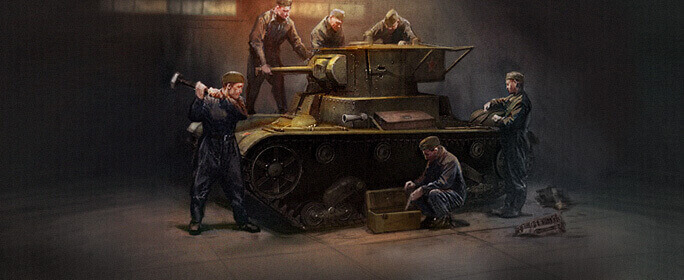
Tank Commanders,
The venerable IS-6 was recently reworked into HD, with some upgrades.
We've heard some player feedback about its size and armour protection, so we'd like to show you its new structure and armour, and discuss it in detail.
Let's begin with a comparison of its previous and current model.
Changes to Dimensions
Previous IS-6 Model
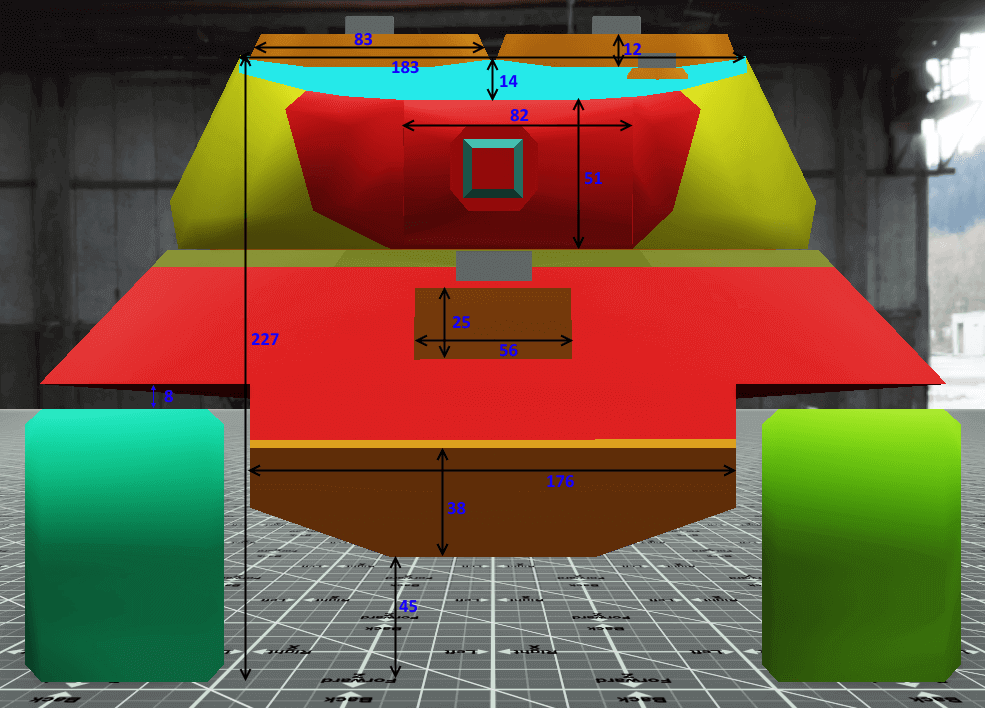
New IS-6 Model
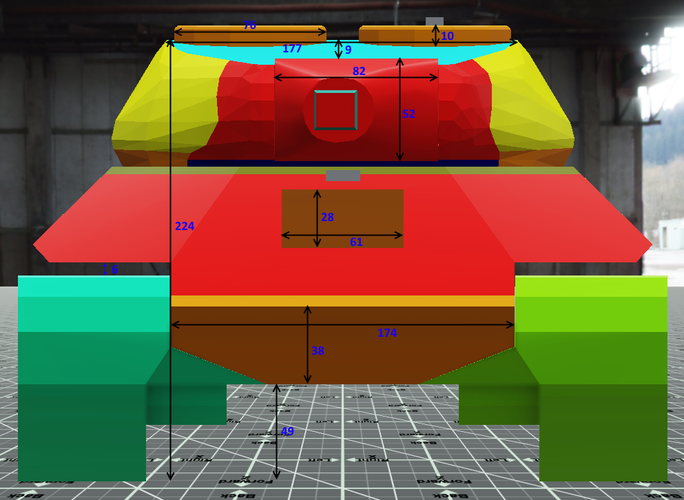
| Changes to Dimensions |
|---|
|
[ + ] Cupolas have become smaller, which presents a smaller target for enemy vehicles. [ + ] The surface area of the turret's roof has been decreased. [ = ] The lower glacis plate has become just a little bit smaller. [ = ] Vehicle height has been slightly reduced. Its clearance has been increased by a small margin. Hull height is largely the same, while turret height has decreased. [ + ] The driver's hatch has become a little bigger. [ + ] The gap between the track and the fender has been decreased slightly. [+/-] The tracks have become noticeably larger and now comprise external elements of the suspension. In this case, it is difficult to define as an advantage or disadvantage. It can be either, depending on the battlefield situation. |
Changes to Armour Protection
The values displayed in the images do not factor normalisation. These values are for the purpose of comparison between the old model and new model only, and should not be used to make conclusions as to whether a particular gun will penetrate a certain area of the vehicle's armour.
Previous IS-6 Model
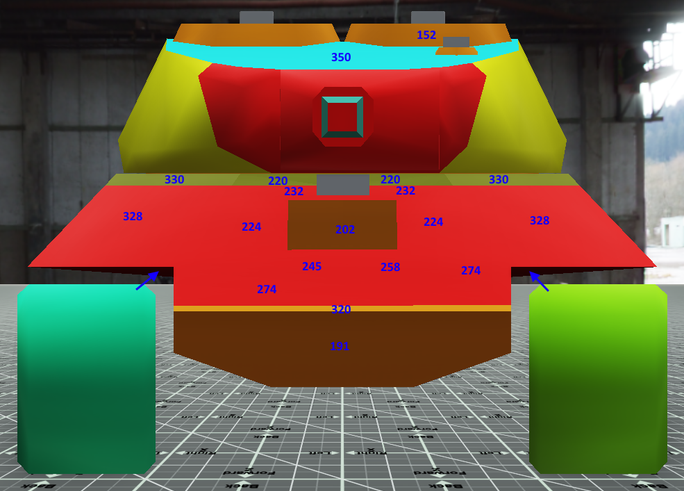
New IS-6 Model
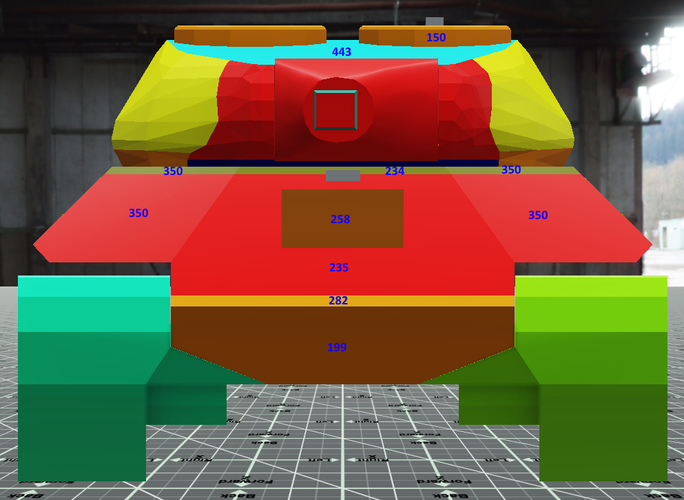
| Changes to Armour Protection |
|---|
|
[ + ] Armour thickness of the top section of the upper glacis plate has increased a bit. [ + ] Armour thickness of the driver's hatch has been increased significantly. [ + ] Armour thickness of curved frontal sections of the turret has slightly increased. [ + ] Thickness of the armour strip at the top section of the upper glacis plate has increased. [ + ] Armour thickness of the lower glacis plate has increased a bit. [ + ] The part of the fender marked with arrows was visible from the front due to the faulty model, and could be penetrated in cases where shell calibre was 2times or 3 times that of the armour thickness due to the way that armour penetration is calculated. This part of the fender has removed. [ = ] Armour protection of the cupolas has not changed. [ = ] Turret inclination has improved, but it will have no effect if an incoming shell is of calibre three times that of the thickness armour. [+/-] The armour strip between the lower glacis plate and the upper glacis plate has become wider, but the armour thickness of the strip has decreased. [ - ] Armour protection of the lowermost section of the lower glacis plate has decreased, because the previous version of the glacis plate was "broken" into sections. Now, it has the same slop angle, and consequently, the same effective armour thickness across the whole plate. |
Changes to Gun Mantlet Armour Protection
There is another important aspect that deserves a separate mention.
Previous IS-6 Model

New IS-6 Model

As can be seen from the pictures above, the size of the embrasure behind the gun mantlet has decreased significantly. As a result, the area where the gun mantlet overlaps the turret armour has greatly increased in thickness, resulting in armour thickness of 300mm or more in these sections.
This is illustrated in the images below. The highlighted areas have effective armour of less than 220mm thickness. Compared to the rest of the turret's armour, these areas are more vulnerable.
Previous IS-6 Model

New IS-6 Model

The armour protection is presented in this way due to the complex structure of the surface. This will make the armour protection features easier to perceive, since we will mainly discuss weak spots in this section.
From these illustrations, it can be seen that the previous model had one large weak spot just to the left of the gun.
The new model has two weak areas: one to the left of the gun and one to the right of the gun, but individually, they are stronger than the one weak area that the previous model had.
Generally speaking, turret armour protection is roughly the same as before, except for this difference. This weakness is also balanced by a smaller embrasure for the gun and reduced roof and cupola surface area.
Changes to Side Armour
Previous IS-6 Model
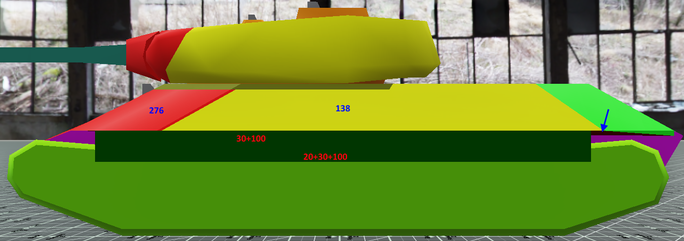
New IS-6 Model
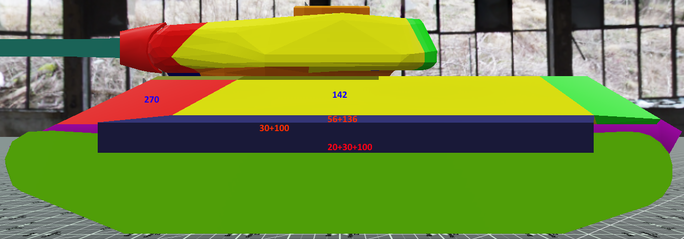
| Changes to Side Armour |
|---|
|
[ + ] Main side armour plate is now slightly thicker (142mm instead of 138mm) [ + ] A strip of reinforced armour has been added (screen of 56mm+ side armour of 136mm) [ + ] The prominent part of the fender, which could be penetrated by shells of calibres two time or three times greater than the armour thickness, was removed. [ - ] Effective armour thickness of the side frontal plate has been slightly decreased, which is balanced by the fact that effective armour thickness of this area has increased slightly when viewed from the front. |
All in all, this vehicle has gotten a lot of upgrades. We hope that this article has served well in describing the various advantages that it now has.
Now that you've been acquainted with its new characteristics, we'd like to hear from you about it.
Come on down to the forums and tell us what you think!


